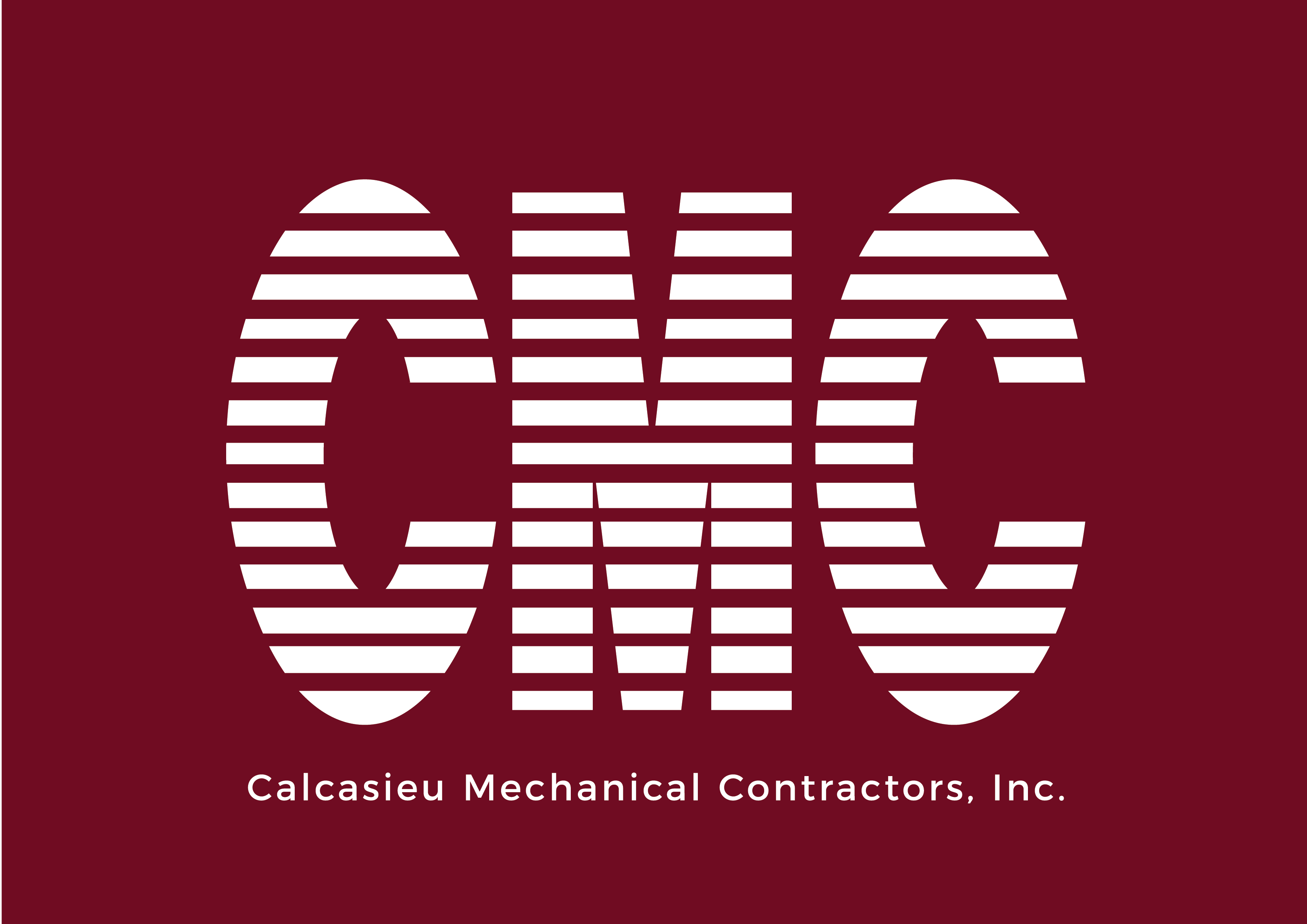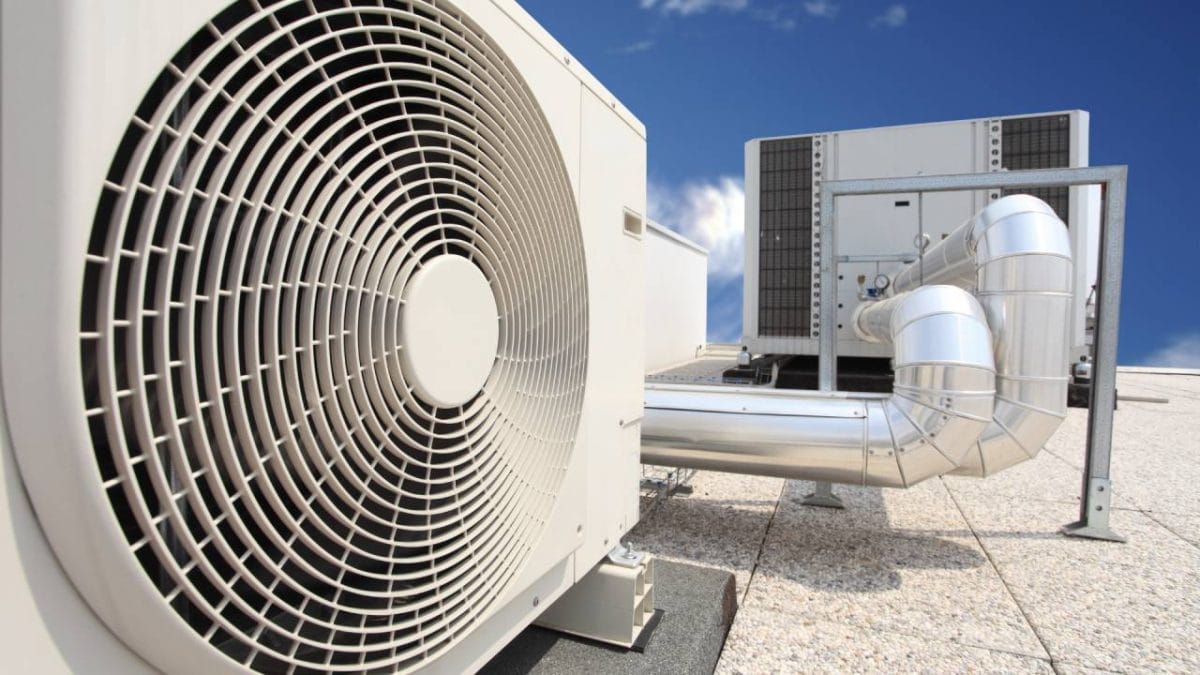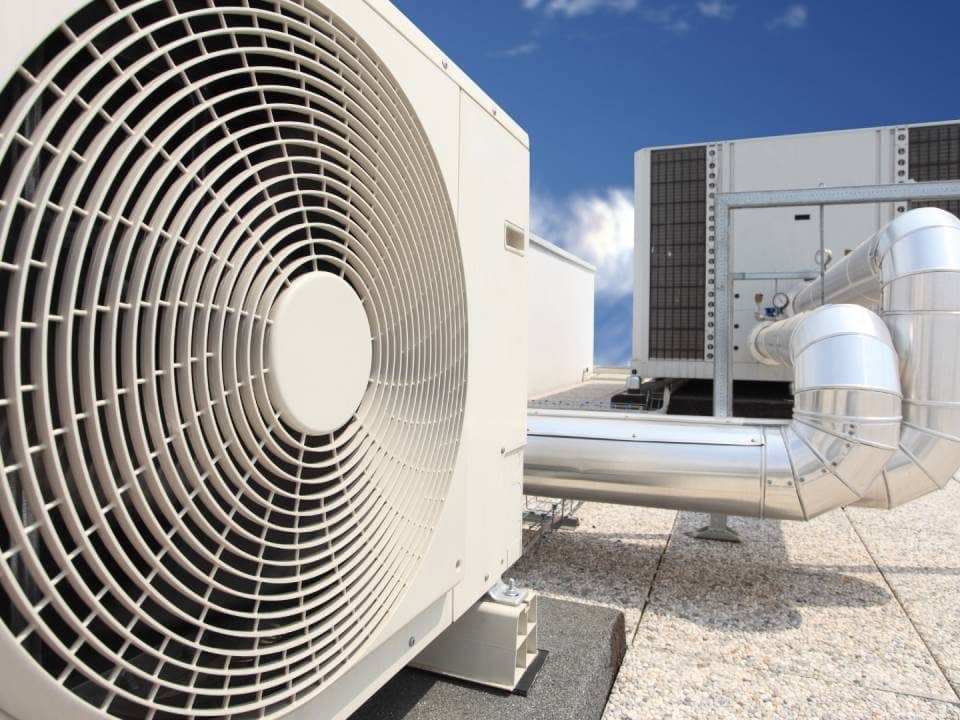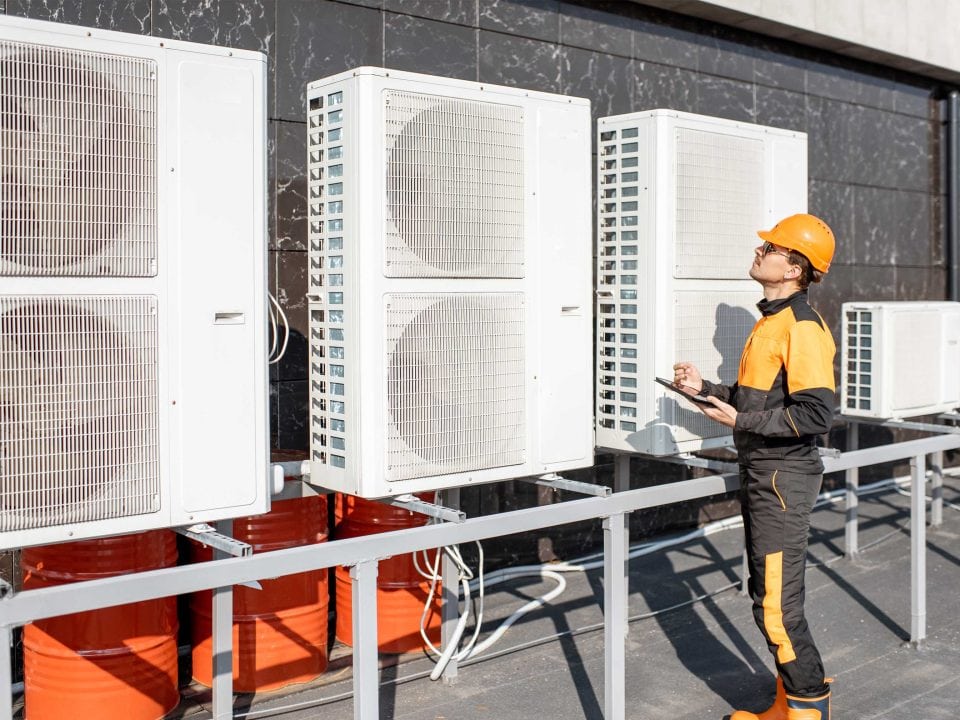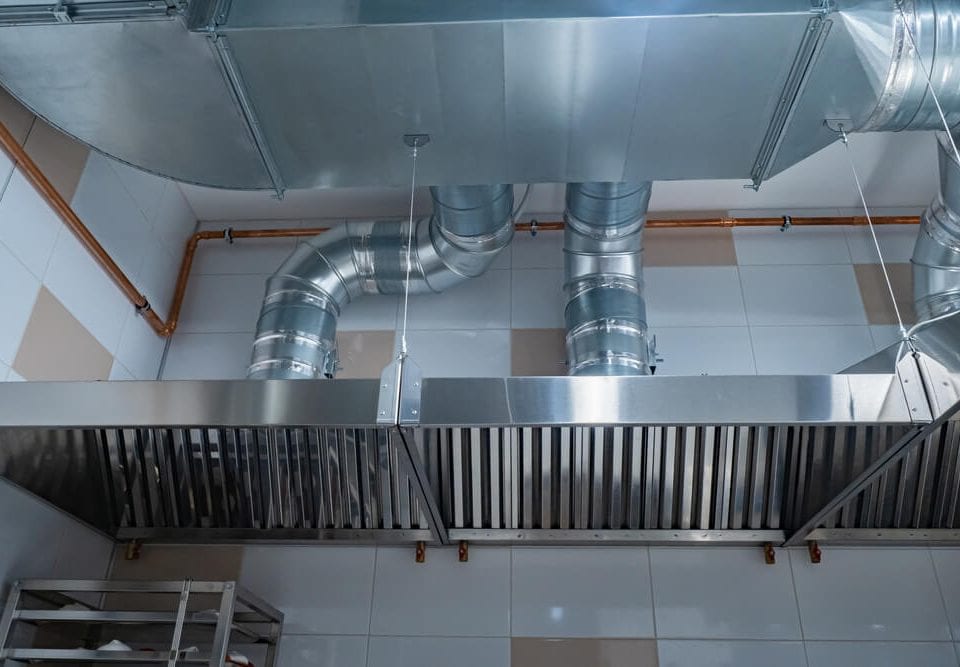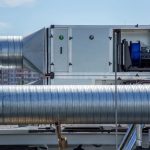
Common HVAC Issues in Large-Scale Industrial Settings and How to Prevent Them
October 22, 2024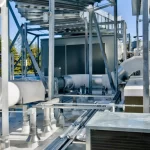
Unlocking Sustainability: HVAC and LEED Certification for Commercial and Industrial Buildings
November 5, 2024Indoor air quality (IAQ) is fundamental to maintaining a safe, healthy, and productive environment in commercial and industrial spaces. Given the diverse activities in these environments—from office work and manufacturing to heavy machinery operations—air quality can quickly become compromised. This is where HVAC (heating, ventilation, and air conditioning) systems come into play. HVAC systems are responsible for temperature control and play a vital role in filtering airborne pollutants, managing humidity levels, and ensuring proper ventilation. This article will delve into how HVAC systems contribute to air quality and the best practices for optimizing these systems for clean and healthy air.
1. Understanding the Importance of Indoor Air Quality (IAQ)
Indoor air quality is critical in commercial and industrial settings for several reasons, from safeguarding employee health to meeting regulatory standards.
- Employee Health and Well-being: Poor IAQ can lead to respiratory issues, allergies, and long-term health complications. For workers who spend significant hours indoors, exposure to dust, chemicals, and allergens can reduce productivity and increase absenteeism.
- Productivity and Performance: There is a direct link between air quality and employee productivity. Clean, well-ventilated air promotes focus and efficiency, whereas polluted air can lead to fatigue and decreased cognitive function. In industrial environments, this can be the difference between precision and costly errors.
- Regulatory Compliance: Compliance with air quality regulations set by organizations such as the Occupational Safety and Health Administration (OSHA) is non-negotiable. Failure to meet these standards can lead to fines, legal repercussions, and harm to a company’s reputation.
2. The Role of HVAC Systems in Air Filtration
One of the primary functions of an HVAC system is to filter and purify the air to remove harmful particles and contaminants.
- Air Filters and Purification: HVAC systems use various types of filters, including MERV (Minimum Efficiency Reporting Value) and HEPA (High-Efficiency Particulate Air) filters, to capture dust, allergens, and microbial particles. HEPA filters, in particular, are highly effective in removing fine particulates from the air, ensuring a cleaner and safer environment.
- Activated Carbon Filters: For facilities where chemical fumes or odors are a concern, activated carbon filters can absorb and neutralize harmful gases and volatile organic compounds (VOCs). This is especially important in manufacturing plants and laboratories.
- Regular Maintenance: The efficiency of air filters diminishes over time as they become clogged with particles. Regular maintenance and timely filter replacements are crucial to ensure that the system continues to provide optimal air filtration. Skipping this can lead to recirculating contaminated air and straining the HVAC system.
3. Ventilation: The Lifeblood of Air Quality
Ventilation is essential for maintaining air quality, as it involves exchanging indoor air with fresh outdoor air to dilute and remove indoor pollutants.
- Natural vs. Mechanical Ventilation: While some commercial buildings may incorporate natural ventilation through windows or vents, most industrial facilities rely heavily on mechanical ventilation systems. These systems are designed to provide a consistent flow of clean air, regardless of outdoor conditions.
- Air Exchange Rates: The effectiveness of ventilation is measured by air exchange rates or how frequently indoor air is replaced with outdoor air. In facilities where pollutants are generated, such as factories or warehouses, higher air exchange rates are necessary to keep air quality within safe limits.
- Demand-Controlled Ventilation (DCV): DCV systems use sensors to monitor CO2 levels and other air quality indicators. When occupancy increases or air quality declines, the system automatically adjusts ventilation to maintain optimal conditions. This not only improves IAQ but also reduces energy consumption by ventilating only when needed.
4. Humidity Control for Health and Comfort
Managing humidity levels is another critical function of HVAC systems that directly impacts air quality.
- The Dangers of Imbalanced Humidity: High humidity levels create a breeding ground for mold, bacteria, and dust mites, all of which can worsen respiratory conditions. Conversely, low humidity can dry out the respiratory tract and increase the spread of airborne viruses.
- Optimal Humidity Levels: The ideal indoor humidity level for commercial and industrial settings typically ranges between 30% and 50%. HVAC systems equipped with dehumidifiers or humidifiers help maintain this balance.
- Desiccant Dehumidification Systems: In industrial settings where large-scale dehumidification is needed, desiccant systems are highly effective. They use absorbent materials to remove moisture from the air, ensuring a controlled environment, especially in facilities that require dry conditions for manufacturing or storage.
5. Smart HVAC Systems and Air Quality Monitoring
Advancements in HVAC technology have introduced smart systems that provide better control and monitoring of air quality in large spaces.
- Integrated Air Quality Sensors: Modern HVAC systems can be equipped with sensors that monitor IAQ in real time, measuring levels of pollutants, humidity, and temperature. Facility managers can receive alerts when air quality drops, allowing them to take corrective action immediately.
- Automation and Energy Efficiency: Smart HVAC systems use data-driven algorithms to optimize airflow, filtration, and temperature based on occupancy and air quality conditions. For example, if sensors detect an increase in airborne particles, the system can automatically increase filtration and ventilation rates.
- Remote Monitoring and Control: IoT (Internet of Things) technology allows facility managers to monitor and adjust HVAC settings remotely. This is particularly useful for industrial complexes with multiple buildings, providing a centralized platform for efficient air quality management.
The role of HVAC systems in ensuring air quality in commercial and industrial spaces is multifaceted and crucial. From advanced filtration and effective ventilation to humidity control and smart automation, HVAC systems are the first line of defense against indoor air pollution. By investing in high-quality HVAC equipment and regular maintenance, businesses can protect the health of their employees, boost productivity, and remain compliant with air quality regulations. As technology continues to evolve, integrating smart and energy-efficient solutions will further enhance the ability to maintain clean, safe, and sustainable indoor environments.
Calcasieu Mechanical Contractors offers expert HVAC solutions and maintenance services, ensuring your systems operate at peak performance. Trust Calcasieu Mechanical Contractors to safeguard your air quality and support your business’s health and efficiency with precision and reliability.

Hailing from the picturesque town of Lake Charles, Louisiana, Jim Blanchard stands as an exemplar in commercial HVAC installation and services. As President of Calcasieu Mechanical, he has leveraged his deep industry knowledge and innovative strategies to establish the company as a leading regional service provider. Under Jim’s leadership, Calcasieu Mechanical has expanded its portfolio of high-quality services and earned the trust and respect of businesses throughout Louisiana. The company’s commitment to excellence, reflected in its endeavors, stems from Jim’s dedication to ensuring every project meets and exceeds client expectations.
